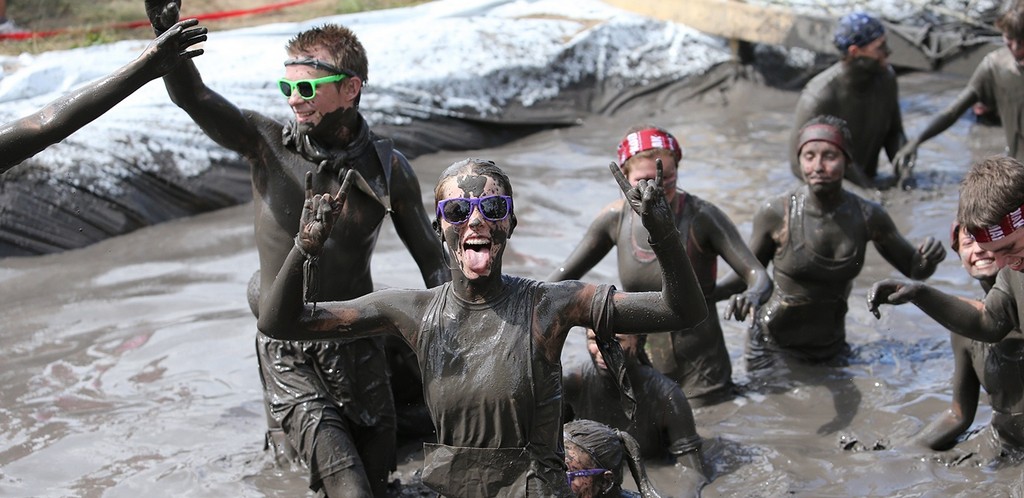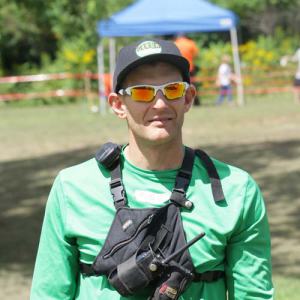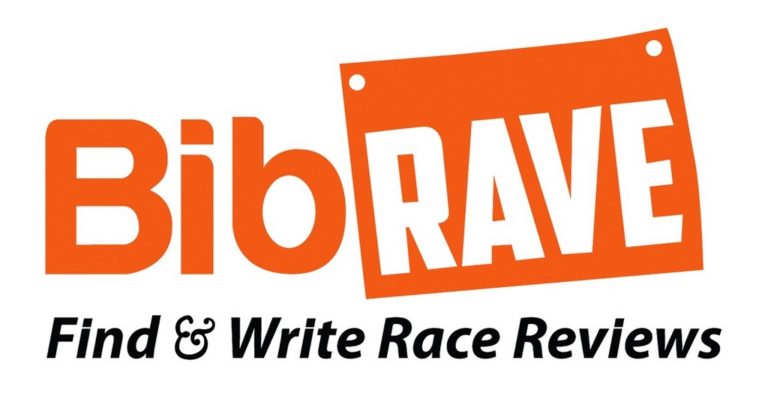Over the last several years, the industry has seen a boom of mud and obstacle races. As the biggest names in the industry have focused on making their races more extreme, Mud Hero has taken a different approach to the genre and has seen tremendous growth over the last 4 years. It seems that the trend is to make obstacles more and more extreme, which is supported by one of their competitors recently announcing that it will be adding a tear gas experience to its repertoire this year. Mud Hero has found their niche by focusing on making their obstacles challenging, but not so challenging that the average person cannot complete them, unlike a lot of their competitors who focus on difficulty and how much one can endure. Mud Hero’s goal is to be challenging, yet fun at the same time. With this focus, they have found a niche in the mud obstacle category with their event—growing year over year as proof that people are responding to this approach. Mud Hero, whose first race was in 2012, has quickly grown to be the largest All-Canadian obstacle running series. Going from two events their inaugural year, to 6 events in 2013 and 2014, with 7 events scheduled for 2015, they have plans to continue to grow.
Our COO, Greg Spillane, sat down to interview the co-founder of Mud Hero, Ted McLeod, to discuss more on how Mud Hero broke into the mud obstacle world, how they have embraced social media to fuel growth, and their approach to scaling in a controlled manner.
GS: Tell me a little bit about your background and how you and Adam Ruppel (co-founder of Mud Hero) got together. TM: I was born and raised in a small town north of Toronto and graduated from the University of Western Ontario with a BS in Biology. After a short time working in a lab, I decided to go back to school for computer programming and ended up working at IBM for 12 years. During that time, I was also a volunteer ski patroller who spent my summer months helping Adam with his mountain bike races as his Director of Safety. Adam came to me in 2011 to discuss this new type of event he had been hearing about – mud races. I mulled over what we discussed and a few days later I called him back and offered to be his business partner on the project. That was the moment that Crazy Canucks (the parent company of Mud Hero) was born.
GS: How do you design a fun race? TM: It comes down to a bunch of different elements and trying to accomplish a few different things—trying to get people outside of their comfort zone and looking at venues that are different and places that you would not normally go to. When we design the obstacles and the course, we keep what the average person can accomplish very much in mind. There are easy and hard sections of some of the obstacles, for example ropes instead of rungs on the harder side. We understand that everyone is challenging themselves for different reasons.
GS: When you looked at the industry, did you make that conscious decision early on that that was the niche market you were going after, or did that happen more organically? TM: It happened more organically and it was definitely cemented into play after the first race.
GS: What’s been the biggest surprise or challenge in the creation and promotion of your event? TM: One of the big ones was obviously differentiating ourselves in a market that was constantly and rapidly evolving. There are a number of events now, but back in 2011/2012, this whole industry was just starting to become mainstream. Of course, with a number of suppliers and government agencies, there was also a big challenge of how governments respond to this kind of stuff – permits, staff, safety. The events run before were very much contained. Now that these events have grown so much in size, they are managed by independent parties that have different interests in things like safety, and a lot of government oversight. I had some previous interaction with government and used that experience to show that I wanted their input just as much as I wanted our event to happen. Once they saw it was a quality event that put public and participant safety first, they came right around. A lot of counties that run our event actually use our documents as templates for other events, which is definitely a feather in our cap.
GS: When you consider growing and scaling your event, what factors do you consider? And, what are the challenges in scaling? TM: Growth is very exciting and unbelievably scary at the same time. When we look at growth, both within Canada and potentially abroad, we consider population and demographic, and make sure our brand and the event that we’re bringing are in line with where we expand it to, to make sure it is a good fit for the event. Making sure the event will be well received wherever we are going and finding a venue that we feel would make a good match for our product as well. The most critical thing is finding an area where we believe we will have good traction, and secondly is running a good event. We very much pride ourselves in running a very high quality event that is pretty much perfect in every way for our participants.
GS: How do you know if an event will be well received? TM: It’s a lot of art and a lot of science – we look at demographics and a large portion of it is gut reaction as well. You do it based on a feeling. There is no real magic sequence, you look at all of the facts, you weigh them out, and you do a judgment call.
GS: How do you look at international expansion? TM: How do you do business in another country? Most important is to maintain the quality of event that we are known for. And, it’s probably the thing we’ve been struggling with the most, how do we maintain that quality? If there are 20 events, Adam and I can’t be at every event. So, it’s about finding the right people to maintain our brand, which has been our biggest challenge.
GS: Shifting to promotion and advertising, can you discuss what role social media plays in your events, prior to the event, during the event, and post-event? TM: Social media is possibly one of the best marketing channels we have going for us. We have a very interactive community. People that follow us are very active and share stuff with us and we are putting materials out there and that, in my opinion, is the biggest piece of success in social media. It is a matter of actually having content that is engaging and interactive and makes your community want to do things. That’s always a challenge in the off-season, but during the season you have all sorts of great content going on.
GS: Peeling the onion a bit, how do you put your interactive community into practice? TM: That’s been a long, long practice and we always manage to hit it out of the ballpark. Each community is very unique and what works for us might not work for somebody else. I’d love to be able to give you the magic bullet. One of the things that we stay true to is the content on social media is in line with what our brand also portrays. Stay true to yourself and stay true to your brand – pretty much the best message I can deliver in 30 seconds. Also, always be constantly testing and changing stuff, especially in today’s social media world because what works today probably won’t work tomorrow.
GS: What sorts of data do you collect and analyze in terms of measuring for success? TM: How many participants do we get? Even when we look at that number, it’s great and every event promoter is trying to get as many people out there as possible. But, the wave format prevents all of the big mob type stuff, but also promotes more of a community atmosphere and allows for a little bit better of an opportunity to maintain that feel of the event. A lot of people are doing our event, but it’s not overwhelming and it’s a controlled environment. Also, we look at customer feedback and what people have rated us on individual websites. We read all of the reviews to get a feel.
GS: What type of technology to you leverage internally to help manage your events (CRM, Finance, Marketing, etc.)? TM: We actually don’t use a lot of tools in our business mainly because we are a small business and are able to act fast and respond quickly. We use
Google Driv for managing documents,
Desk.com (a part of Salesforce) for customer service,
Events.com for managing registration, and
Sportstats for managing timing.
GS: Talk to us about sponsors. How does an event organizer build those relationships and secure proper sponsorship? I’m sure it’s much easier to get sponsors now than back when you guys started. TM: It’s actually still the same level of efforts as when we first started. It’s not that it’s always a challenge, but we are a small company and our focus is on the event. With sponsors, there is a lot of groundwork that needs to be done and we decided to concentrate more on the event itself. We brought some other partners onboard and they are experts on sponsorship management. The one thing we always agreed on was that we did not want sponsors to take over the event experience. We want them to synergize with us. We want everything to be very organic and we want it to make sense. We want things that will complement the event experience for our participants. So, when we look at sponsorships we look very heavily in that regard.
GS: What advice do you have for somebody looking to launch a new event series? TM: Figure out your brand. Without defining yourself it is not going to go too far. If you look at any successful race, they have a very strong brand and a very strong definition of why that race is different. For more about Mud Hero and to register for one of their events, visit MudHero.com.
Follow Mud Hero on Facebook, Twitter, YouTube, Instagram, and Pinterest.





